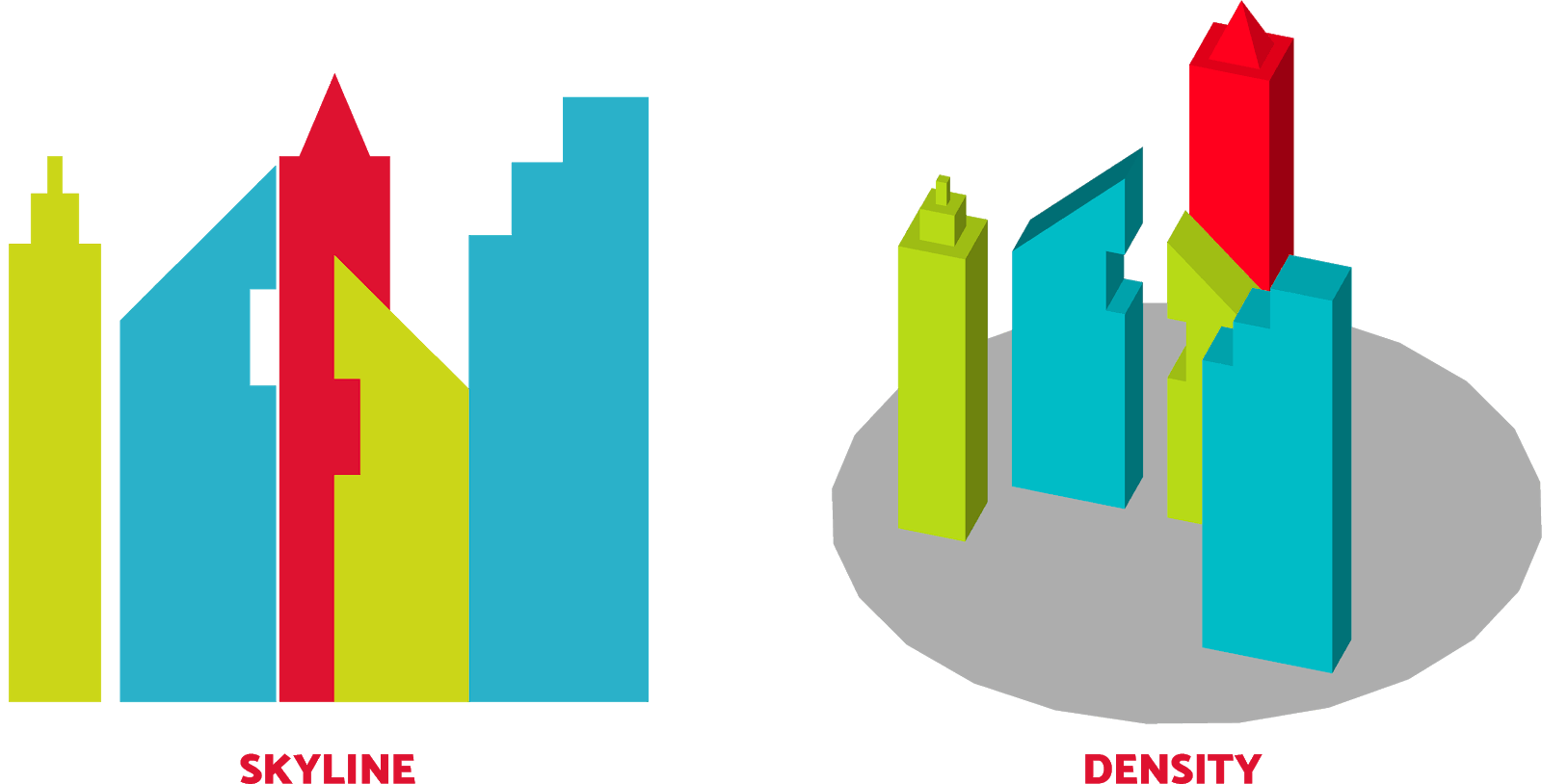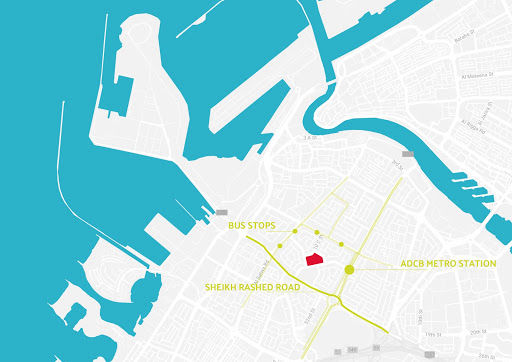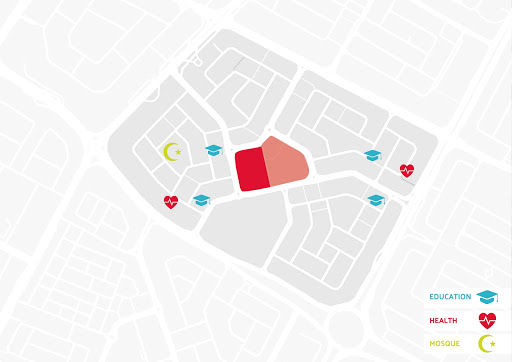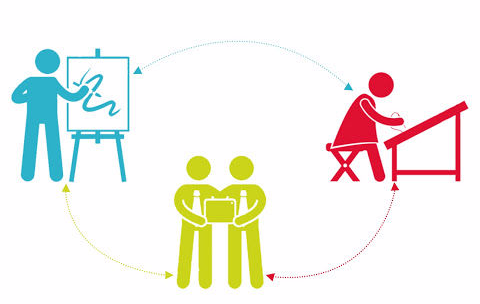What helps this urban sprawl is the carte blanche granted to the private real estate development sector. Since opening the market to foreign investors in the 2000s, the Dubai Holding council, which ensured respect for urban manufacturing, had to hand over the reins to the invisible hand of the market.
This transfer of responsibility has led to fragmented urban planning, which is no longer viable considering the needs of the contemporary city and its population. The concept of division by specialized zones (economic area, university campuses area, health center, residential areas and gated communities, etc) has transformed Dubai into a mosaic of themed districts. These different neighborhoods do not seem to have clear links that connect each fragment to the other nor a general territorial coherence.
The main issues governing the urban structure of the city are the laws of competition between different property development companies. Urban planning is thus completely liberalized. Although there has been a significant jump in real estate production since the subprime crisis in 2008, Dubai still suffers from its sequels and must bet on a new way to think the city.
How can we reinforce the sense of community in human-scale neighborhoods ? What can we do to invest empty vacant lots and give them an efficient role within large fragmented districts ? And finally, how can we encourage a more responsible behaviour towards urban mobility ?






